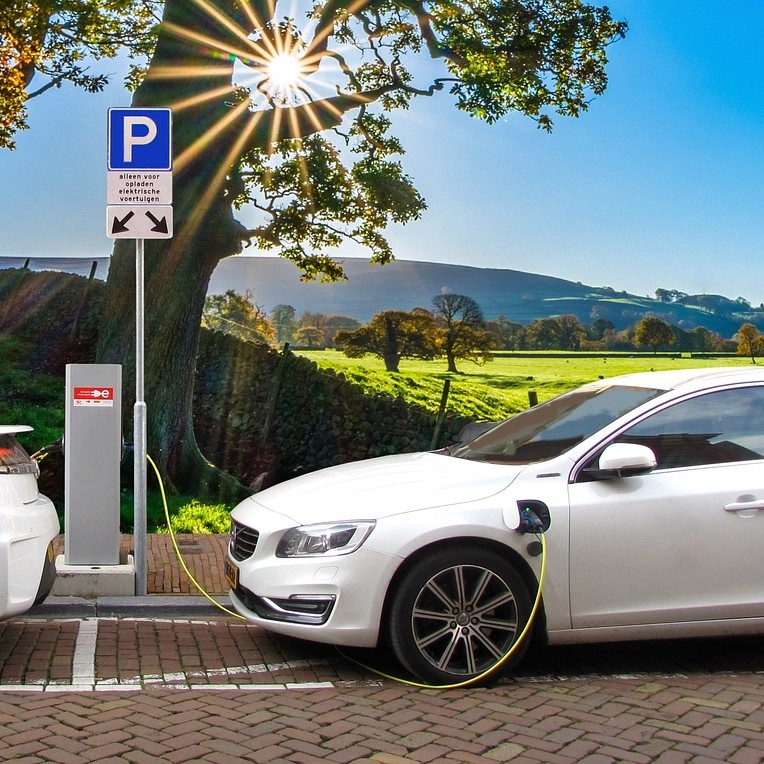Published:
The electric vehicle market has been enormously increasing over the past decade. Large companies such as the Chinese BYD and the American Tesla focus solely on EV production and have become some of the largest companies in the world. At the same time, most other large automotive companies have set lofty EV production goals for the near future.
While the demand for electric vehicles has risen annually, unanswered questions in production cost, price, and other aspects have left more to be desired. Some automotive companies have tried to lower their expectations to meet their previously set goals. Some companies have recently collaborated to gain a more significant portion of the market.
GM and Hyundai have recently announced that they will start collaborating to break more profound into the EV market. Both companies have already invested billions of dollars into growing their own electric facilities and production units, but growth has not been to the extent that they would like. General Motors is currently losing money on the electric cars they sell, which has caused electric projections to be revised and lowered. Hundiay and GM are planning to work together to try to solve critical problems in the process of producing electric vehicles. They will collaborate on creating a better method for making these electric vehicles.
The other main point is finding a better way to source and harvest the raw materials needed to develop the lithium batteries. While the overall emissions from the start of the process and throughout the lifetime of EVs are lower than gas cars, the materials needed to create the batteries require extensive harvesting. Mining is the only process currently available to get the materials for EV batteries. This is more carbon-intensive than collecting materials for gas cars.
The fact that these two large automotive companies are collaborating to find better practices in producing electric vehicles is not the first time this has happened. Because the emerging market is still in its infancy, there have been other extensive brand collaborations in the past. GM has worked with Honda to help produce their electric Acura line in United States factories. In 2020, the British oil company BP helped DiDi create 200 charging stations, which helped make the infrastructure in China, which is now the largest EV market in the world. Byton, a German/Chinese automotive company, designs its products in Germany, engineers them in the USA, and produces them in China. Overall, collaboration in the EV industry is everywhere. Whether it is multiple companies working together or production happening internationally, global teamwork has helped push the market to its current heights.
Teamwork in EV design/production is critical and promising for the industry's growth. Countless examples of companies working together have already helped create a strong base and projections for the market to rise to even higher extents. Collaborations between GM and Hyundai are still needed as there are still unanswered questions around resource extraction, production efficiency, and pricing/profitability. As these industries continue to answer these questions, expect more collaboration between the most prominent automotive companies.
File under






